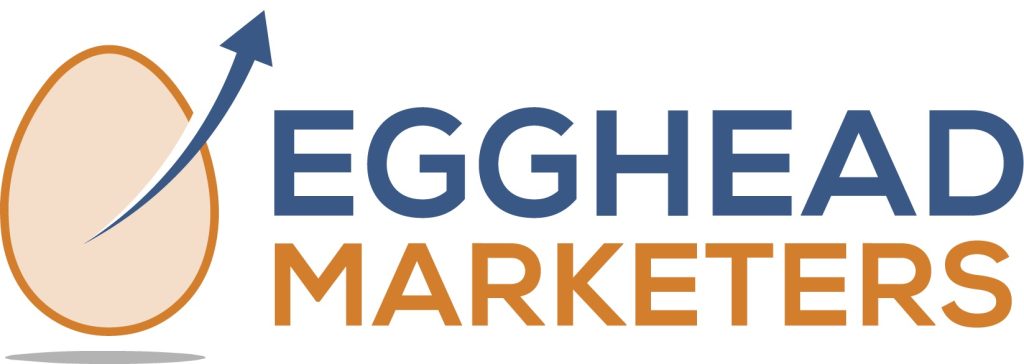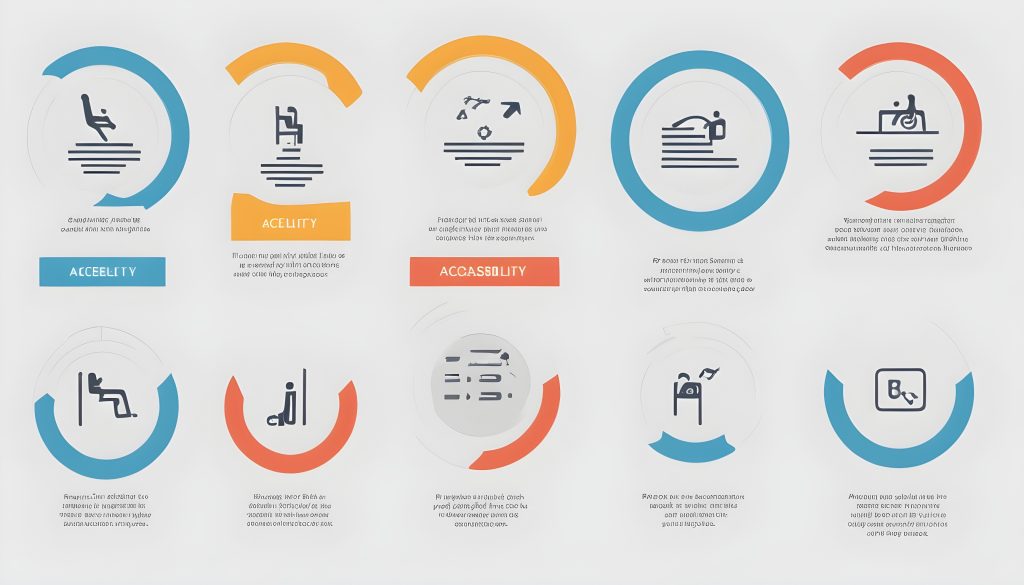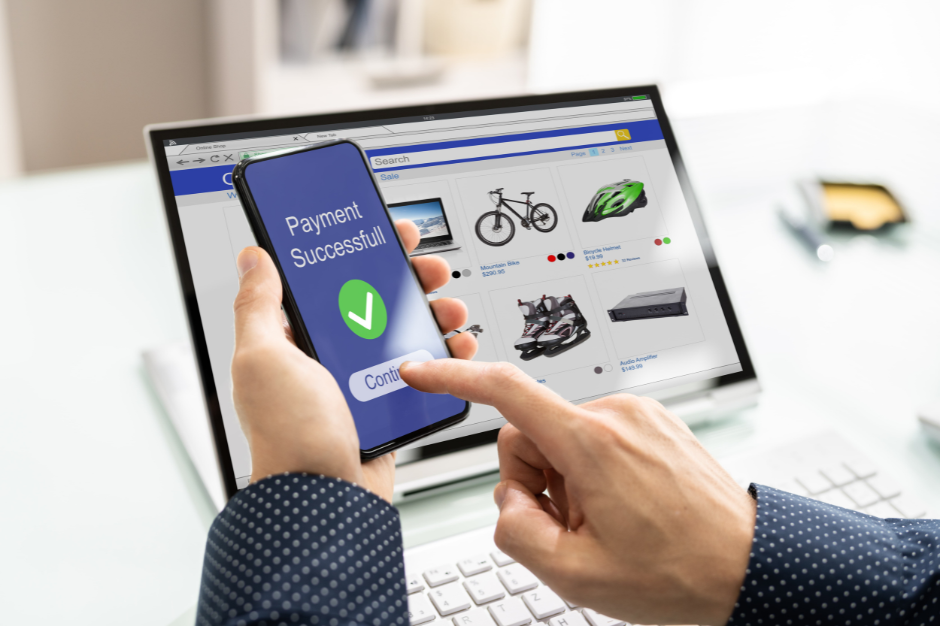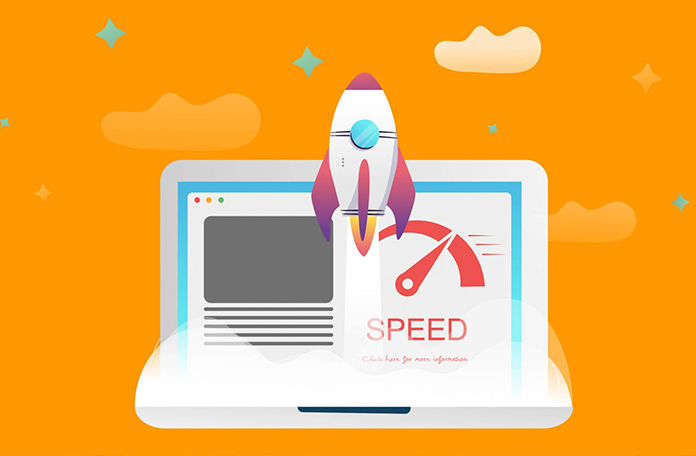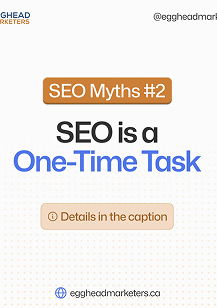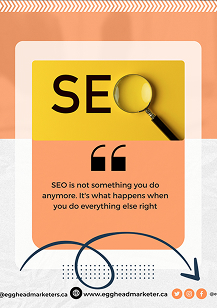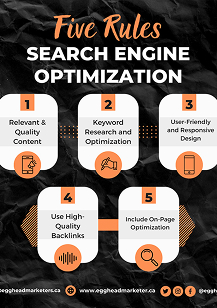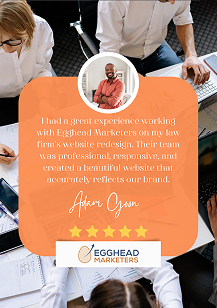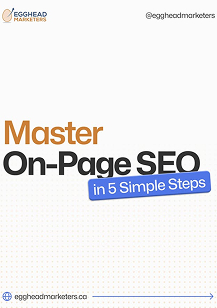As a UI UX designer, creating accessible designs should be at the top of your priority list. Imagine creating a design that everyone can use, no matter what. That’s what accessible design is all about! It’s like building a ramp next to stairs, so everyone can get to the top.
We’ll break down what accessibility means. Why it’s important, and how to make it part of your design process from the start. Get ready to unlock a whole new way of thinking about design!

What is Accessibility?
Make your designs awesome for all! Accessibility means anyone can use your creation, seeing well or not, hearing perfectly or needing captions. It’s like removing roadblocks so everyone enjoys your idea. Design for all abilities, it’s the future!
Imagine a giant audience for your design, over 1 billion people worldwide! That’s because many people have disabilities, like sight problems or trouble moving. Good accessibility means everyone can use your design, even with limitations. It’s not just for people with permanent disabilities either. Accessibility helps those with temporary issues, like a broken arm, or even using your design in a bright or noisy place.
Even people getting older might need a little help seeing or hearing things clearly. Accessibility isn’t just for people with permanent disabilities – it’s for everyone! The truth is, you might even appreciate a more accessible design someday. By keeping this in mind from the beginning, you can create awesome products that way more people can truly love and use completely. It’s a win-win situation!
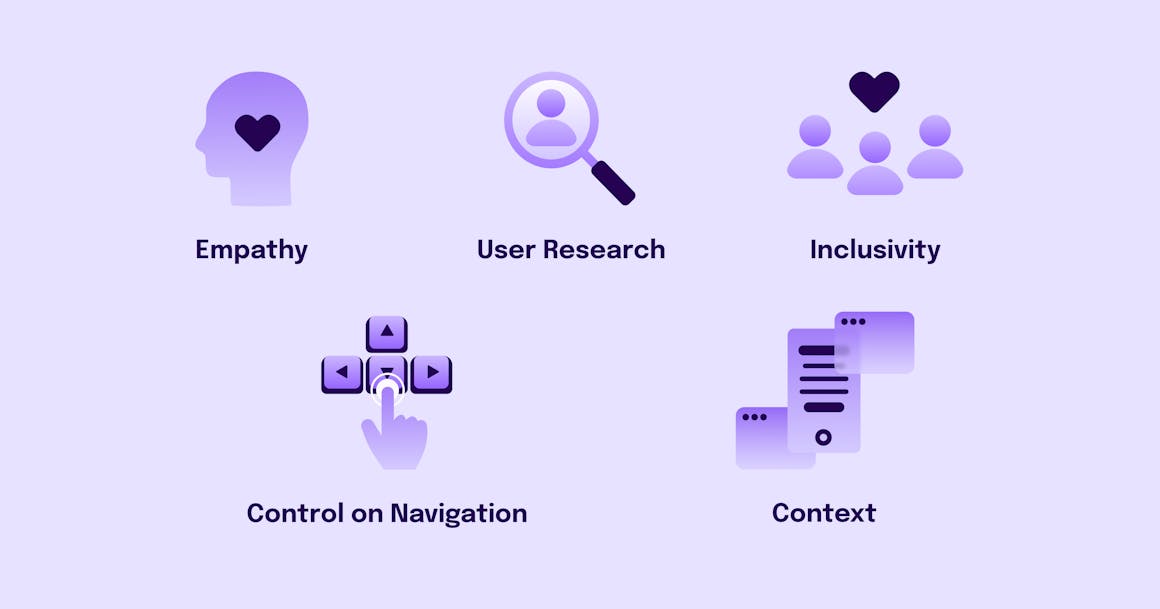
Why is Accessibility So Important?
There are around one billion people living with disabilities worldwide. That’s a massive chunk of the population you could be excluding with inaccessible designs. But it goes far beyond just including people with permanent disabilities.
Accessibility also benefits:
- People with temporary disabilities (e.g. a broken arm)
- Older users who may experience age-related impairments
- People in situational limitations (e.g. bright sunlight or loud environments)
- Diverse users with different capabilities, languages, or tech experience
- Bottom line? Accessibility expands your potential audience and allows more people to better use your products. It’s a win-win for your users and your business.
Not to mention, many countries have laws requiring digital accessibility. Neglecting it could lead to hefty legal fines and loads of remediation work down the line.

Accessibility Principles for UI UX
Now that we’ve covered the “why,” let’s dive into the “how” of designing for accessibility as a UI/UX pro. Here are some core principles to keep in mind:
Your designs gotta be clear so folks can get ’em. That means adding alt text to images, transcripts for audio, and captions for videos. Plus, make sure colors stand out enough.
Your stuff should be easy to use for everyone. Think about keyboard shortcuts and make sure buttons and menus are easy to find and understand.
Understandable Your design should be comprehensible and predictable, with clear information and instructions. Avoid complex language or instructions, and maintain consistency throughout.
Robust Your solution needs to be compatible with current and future user tools like assistive technologies. This requires following accessibility standards and best coding practices.

Putting UI UX into Practice
Seem like a lot? Don’t worry, you don’t have to do it all alone.

Here are some practical tips to make accessibility a natural part of your process:
Design with Empathy
The first step is understanding the diverse range of people you’re designing for. And we’re not just talking about permanent disabilities here.
What is the best way to build this understanding? Try simulating different disabilities yourself so you can experience the barriers first-hand. Use a screen reader, navigate just with a keyboard, or watch videos with no sound. You can also do user testing by having people with accessibility needs try out your designs. Ask lots of questions and immerse yourself in their experiences. The more you learn about the real challenges they face, the better prepared you’ll be to tackle them.
Follow WCAG Guidelines
The Web Content Accessibility Guidelines (WCAG) are the accepted global standards for accessibility. Get very familiar with these guidelines and build them into your checklists.
Test Early and Often
Don’t wait to test accessibility! Build it in from the start. Test as you design, don’t wait until the end. Fixing problems later is a pain! Test with tools, assistive tech, and real people with disabilities. Frequent testing keeps problems small.
Choose Accessible Tools
Design tools can make accessibility easy or hard. Choose ones built for everyone! Accessible tools like Microsoft’s toolkits help you design inclusively from the start. These tools have accessibility features built-in, so you don’t have to fix them later. Invest in tech that makes accessible design smooth!
Involve People with Disabilities
Reading guides is good, but talking to people with disabilities is best! They show you what works and what doesn’t. Get their feedback early and often. Ask them to try your design and listen to their ideas. This makes your design truly accessible!
Train Your Team
Don’t go it alone! Get your entire product team on board by providing accessibility training. This shared knowledge will help anchor it into your organizational culture.
Endless Possibilities
Design for everyone, not just some! Accessibility unlocks cool features and reaches new audiences. Imagine creating tools anyone can use, that’s the power of inclusive design. It’s like boosting your design game and making the web a welcoming place for all.
Conclusion
UI UX design is like building digital tools. Imagine those tools working for everyone, no matter what. That’s the magic of accessible design. By designing inclusively from the start, you’re making the web a welcoming place for everyone.
Level up your designs! Accessibility isn’t just a trend. It’s about reaching everyone. Use these techniques to design for all abilities and open doors to new audiences.
Want to be an accessibility pro? Contact EggheadMarketers for a review, training, or tips – make your designs truly inclusive!
